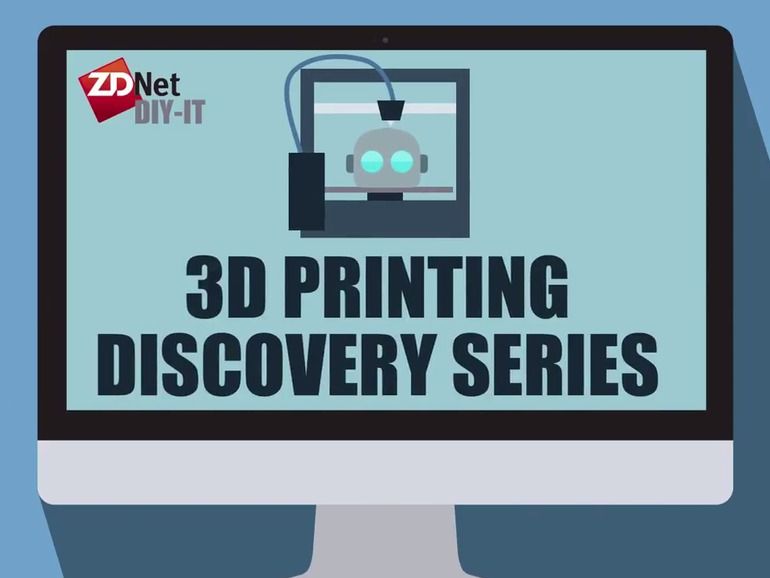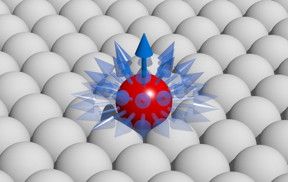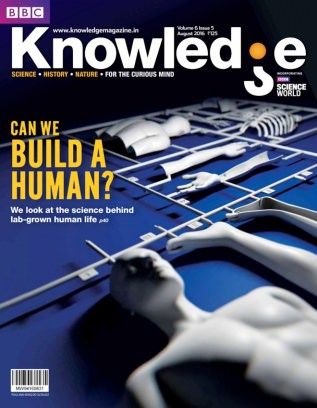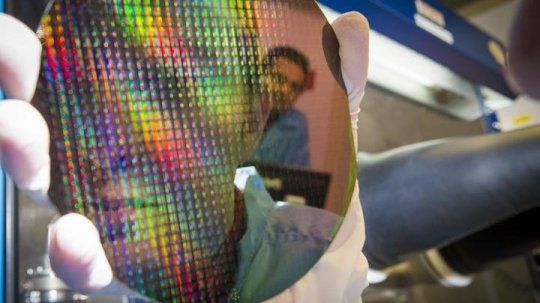Archive for the ‘mobile phones’ category: Page 209
Jul 13, 2016
17 Ways Technology Will Change Our Lives by 2050
Posted by Klaus Baldauf in categories: mobile phones, space
Goodbye smartphones, hello space tourism. Here are 17 bold predictions about the future from a futurist with an 85% accuracy track record.
Jul 11, 2016
Atomic bits despite zero-point energy? Jülich scientists explore novel ways of developing stable nanomagnets
Posted by Karen Hurst in categories: computing, mobile phones, nanotechnology, particle physics, quantum physics
Stable nanomagnets that ultimately improves data storage on the smallest of devices.
Abstract: So-called “zero-point energy” is a term familiar to some cinema lovers or series fans; in the fictional world of animated films such as “The Incredibles” or the TV series “Stargate Atlantis”, it denotes a powerful and virtually inexhaustible energy source. Whether it could ever be used as such is arguable. Scientists at Jülich have now found out that it plays an important role in the stability of nanomagnets. These are of great technical interest for the magnetic storage of data, but so far have never been sufficiently stable. Researchers are now pointing the way to making it possible to produce nanomagnets with low zero-point energy and thus a higher degree of stability (Nano Letters, DOI: 10.1021/acs.nanolett.6b01344).
Since the 1970s, the number of components in computer chips has doubled every one to two years, their size diminishing. This development has made the production of small, powerful computers such as smart phones possible for the first time. In the meantime, many components are only about as big as a virus and the miniaturization process has slowed down. This is because below approximately a nanometre, a billionth of a meter in size, quantum effects come into play. They make it harder, for example, to stabilise magnetic moments. Researchers worldwide are looking for suitable materials for magnetically stable nanomagnets so that data can be stored safely in the smallest of spaces.
Jul 11, 2016
This startup wants to replace the silicon in your smartphone with diamonds
Posted by Karen Hurst in categories: 3D printing, biotech/medical, mobile phones
![]()
Synthetic diamonds and the manufacturing of diamonds in mass quantity (including 3D Printing) is going to explode over the next few years with QC, Medical devices and technologies, smartphones, etc. Again, I hope Intel, Nvidia, HP, Xerox, etc. are listening.
Chicago-based startup Akhan Semiconducton wants to replace the silicon found in most modern-day electronics with diamonds derived from methane gas.
Continue reading “This startup wants to replace the silicon in your smartphone with diamonds” »
Jul 11, 2016
Researchers develop faster, precise silica coating process for quantum dot nanorods
Posted by Karen Hurst in categories: mobile phones, nanotechnology, quantum physics
Faster and better method around Q-dots development which ultimately extends the quality of Quantum Dots plus mass production of Q-Dots is much faster through this new method. Hoping this causes the costs of new cameras, phone displays, monitors/ video displays are now able to be created more cheaply and in larger quantities.
Materials researchers at North Carolina State University have fine-tuned a technique that enables them to apply precisely controlled silica coatings to quantum dot nanorods in a day — up to 21 times faster than previous methods. In addition to saving time, the advance means the quantum dots are less likely to degrade, preserving their advantageous optical properties.
Quantum dots are nanoscale semiconductor materials whose small size cause them to have electron energy levels that differ from larger-scale versions of the same material. By controlling the size of the quantum dots, researchers can control the relevant energy levels — and those energy levels give quantum dots novel optical properties. These characteristics make quantum dots promising for applications such as opto-electronics and display technologies.
Jul 9, 2016
BBC Knowledge Magazine Subscription, Digital Issues on Web, iPad, iPhone, Android, Tablet device, Windows 8 from Magzter
Posted by Shailesh Prasad in category: mobile phones
Get your digital edition of BBC Knowledge Magazine subscriptions and digital issues online from Magzter. Buy, download and read BBC Knowledge Magazine on your iPad, iPhone, Android, Tablets, Kindle Fire, Windows 8, Web, Mac and PCs only from Magzter — The Digital Newsstand.
Jul 9, 2016
Scientists simulate tiny bacteria-powered ‘windfarm’ to power micromachines
Posted by Karen Hurst in categories: computing, mobile phones
A team of scientists from Oxford University has shown how the natural movement of bacteria could be harnessed to assemble and power microscopic ‘windfarms’ — or other man-made micromachines such as smartphone components.
The study, published in the journal Science Advances (“Active micromachines: Microfluidics powered by mesoscale turbulenceence”), uses computer simulations to demonstrate that the chaotic swarming effect of dense active matter such as bacteria can be organised to turn cylindrical rotors and provide a steady power source.

Continue reading “Scientists simulate tiny bacteria-powered ‘windfarm’ to power micromachines” »
Jul 8, 2016
Inside Microsoft’s plan to outsmart Google
Posted by Klaus Baldauf in categories: augmented reality, habitats, internet, mobile phones, robotics/AI
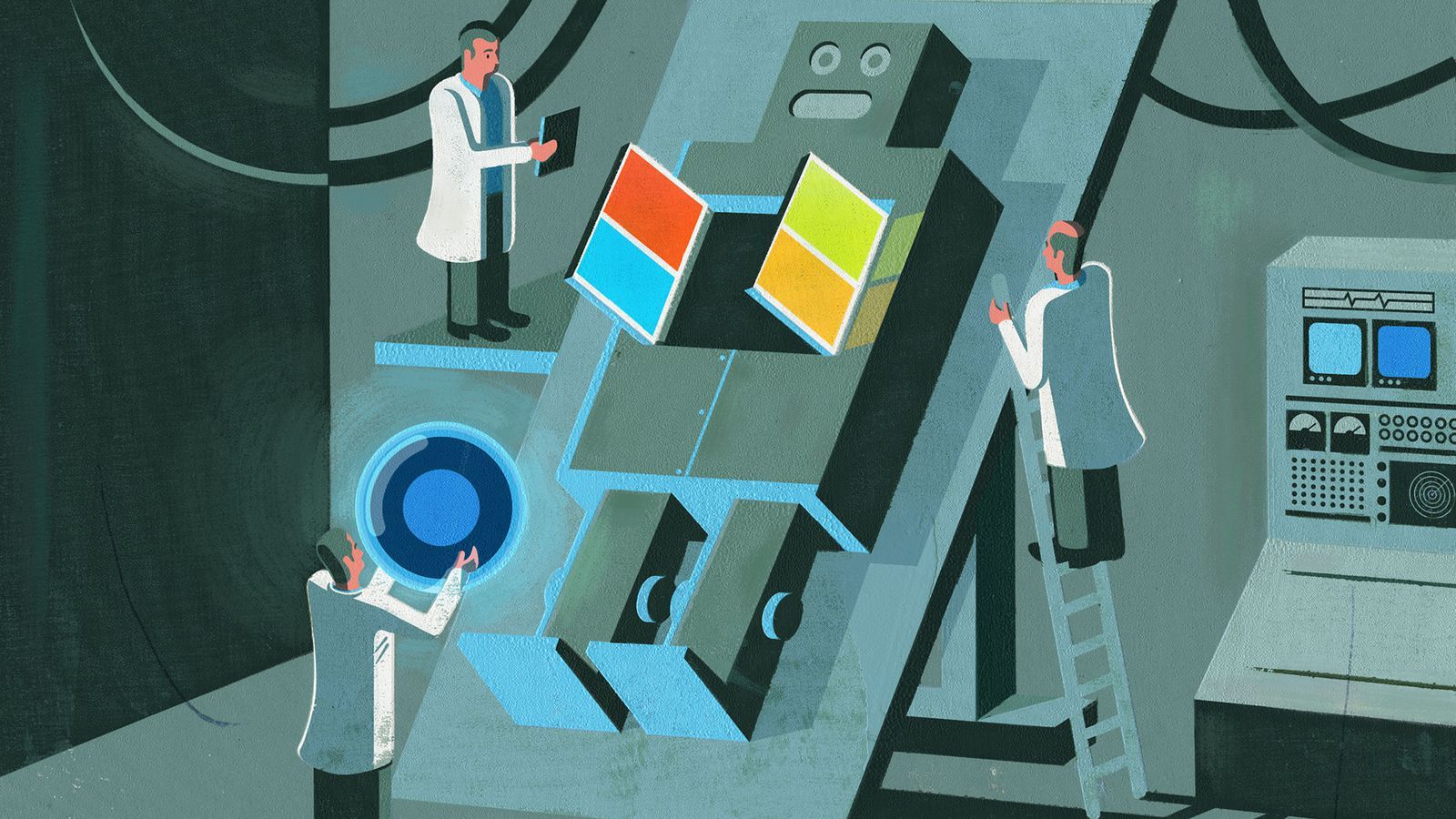
Satya Nadella bounded into the conference room, eager to talk about intelligence. I was at Microsoft’s headquarters in Redmond, WA, and the company’s CEO was touting the company’s progress in building more intelligent apps and services. Each morning, he told me, he puts on a HoloLens, which enables him to look at a virtual, interactive calendar projected on a wall of his house. Nadella appeared giddy as he described it. The system was intelligent, productive, and futuristic: everything he hopes Microsoft will be under his leadership.
No matter where we work in the future, Nadella says, Microsoft will have a place in it. The company’s “conversation as a platform” offering, which it unveiled in March, represents a bet that chat-based interfaces will overtake apps as our primary way of using the internet: for finding information, for shopping, and for accessing a range of services. And apps will become smarter thanks to “cognitive APIs,” made available by Microsoft, that let them understand faces, emotions, and other information contained in photos and videos.
Continue reading “Inside Microsoft’s plan to outsmart Google” »
Jul 6, 2016
NSA to stand trial for spying on convicted bomber without warrant
Posted by Karen Hurst in categories: government, internet, mobile phones, privacy, security, surveillance
You got to luv this one.
The security agency must defend itself in a US appeals court for violating the rights of a convicted bomber by supposedly illegally spying on him.
A US appeals court will weigh a constitutional challenge on Wednesday to a warrantless government surveillance program, brought by an Oregon man found guilty of attempting to detonate a bomb in 2010 during a Christmas tree-lighting ceremony.
Continue reading “NSA to stand trial for spying on convicted bomber without warrant” »
Jul 5, 2016
A little impurity makes nanolasers shine
Posted by Karen Hurst in categories: mobile phones, particle physics
Nice.
Researcher Tim Burgess added atoms of zinc to lasers one hundredth the diameter of a human hair and made of gallium arsenide — a material used extensively in smartphones and other electronic devices.
The impurities led to a 100 times improvement in the amount of light from the lasers.
Continue reading “A little impurity makes nanolasers shine” »
